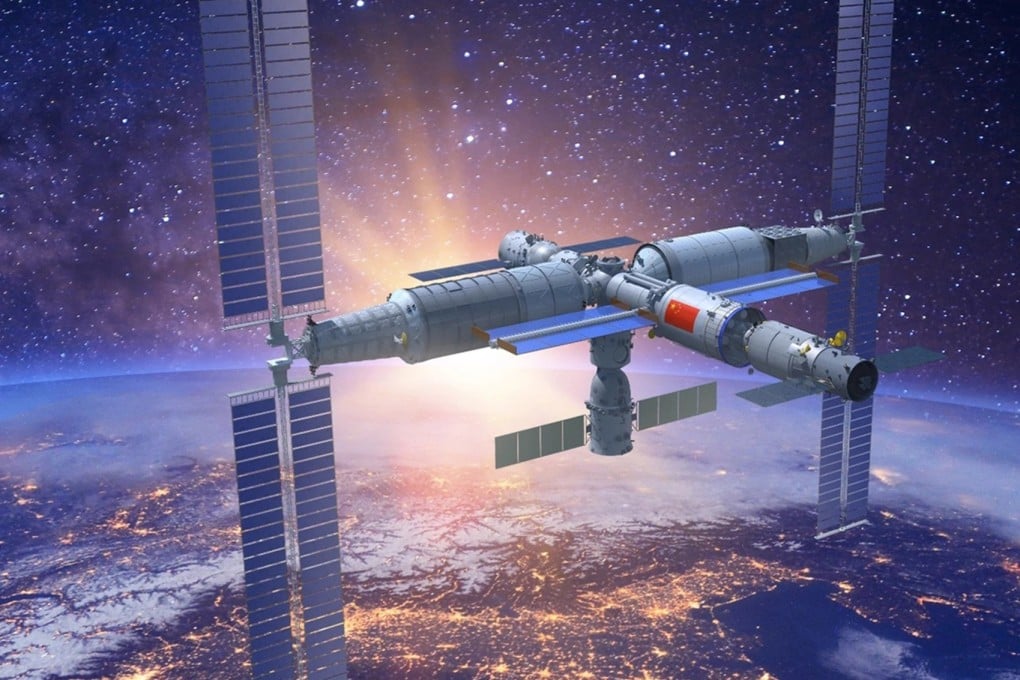China space programme: 4 key missions in 2022 include finishing core of space station, sea rocket launches
- In 2022, China has big ambitions relating to the moon, Mars and sea-based rocket launch pads
- There are six missions planned this year to expand the Tiangong space station – China’s rival to the ISS – for long-term living

Less than 20 years after its first astronaut went to space in 2003, the country has launched satellites, space stations and rovers to Mars and the moon and has plans to explore Jupiter around 2030.
For this year, Chinese space agencies have already announced several key milestones they aim to hit. Here are some of the most exciting.
1. Completion of Tiangong space station’s basic structure
China launched its first experimental space station in 2011, just as the United States passed a law that in effect barred cooperation on the International Space Station (ISS).
By then, the Tiangong will be about a quarter of the size of the ISS, which was built by a coalition involving Nasa, European Space Agency nations, Russia, Canada and Japan. The ISS main structure took about 13 years to assemble.
Six launches have been planned for this year to expand the Tiangong station for long-term habitation, but the launch dates are yet to be announced.